Things Your Writing Teacher Never Told You: The Multiple Personalities of Omniscient 3rd Person: Spotlight on “Folksy Narrator/ Storyteller”
This is part 10 in the Choosing Your Narrative Point of View Series.
This style is most often seen, within the fantasy genre, in fairytales, fables, and humorous fantasy by authors such as Terry Pratchett, Neil Gaiman, and others.
It is not unusual to see this technique used in other genres and subgenres, as well. It is characterized by a distinctive, often folksy, voice that clearly establishes an additional “character” in the narrative, who usually does not take part in the action. It is often, quite literally, a disembodied voice. This is true in Pratchett’s Discworld.
A good example of this is the oft-used introduction to Terry Pratchett’s Discworld. The version shown here is from the opening paragraphs of The Fifth Elephant.
They say the world is flat and supported on the back of four elephants who themselves stand on the back of a giant turtle.
They say that the elephants, being such huge beasts, have bones of rock and iron, and nerves of gold for better conductivity over long distances.
They say that the fifth elephant came screaming and trumpeting through the atmosphere of the young world all those years ago and landed hard enough to split continents and raise mountains.
In the first Lemony Snicket book, Mr. Snicket is both the folksy narrator of scenes he is not in and a physical participant in other scenes. Some of the later works use a 1st Person Folksy Narrator, but the first book opens with a disembodied narrator who is later revealed to be Lemony Snicket.
If you are interested in stories with happy endings, you would be better off reading some other book. In this book, not only is there no happy ending, there is no happy beginning and very few happy things in the middle. This is because not very many happy things happened in the lives of the three Baudelaire youngsters. Violet, Klaus, and Sunny Baudelaire were intelligent children and they were charming and resourceful, and had pleasant facial features, but they were extremely unlucky, and most everything that happened to them was rife with misfortune, misery, and despair. I’m sorry to tell you this, but that is how the story goes.
A Folksy Narrator story may begin as simply as “Once upon a time…” This voice establishes a certain amount of distance between the listeners and the actions in the story.
It provides a sense of comfort for young children and invokes memories of a more innocent and carefree time in older readers.
There is a comforting cloudiness around the issue of whether the events of the story are “real” or not, which allows the reader to enjoy the delicious wickedness and danger without having to be scared or feel guilty or sad about the awful fates that often befall characters in this kind of story.
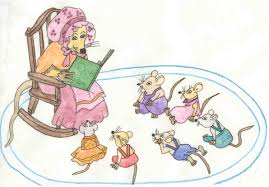 The Folksy Narrator is often combined or mixed with other POVs.
The Folksy Narrator is often combined or mixed with other POVs.
The Storyteller opens the tale with words designed to gather the readers around the campfire or grandma’s rocker. “Pull up a seat, a rousing good story is about to be told.” The distinctive, often humorous, and nearly-always kind, Storyteller’s voice provides the initial bits of world building and backstory: (In a kingdom far, far away, a long time ago…), then introduces one or more main characters: (…there lived a kind and beautiful young girl named Cinderella who lived with her kindly old father, her evil stepmother, and two mean, lazy, slothful stepsisters…).
Often, when these introductory remarks are over, the story may change to a different form of 3rd POV — either Head-Hopper, Serial Limited 3rd, or Reporter. In rare cases, the author may even zoom into a 1st Person POV. (See previous entries in this series for a discussion of those POVs.) The Folksy Narrator will drop back in periodically, in the middle, and always at the end, with a phrase that may be as simple as: …and they lived happily ever after.
The key to a successful folksy narrator is, obviously, the voice. It must be a compelling character. This can sometimes be difficult to do because we don’t have the same tools of characterization at hand as we have for actual participants in the stories: physical appearance and physical actions, dialogue with multiple other characters, narrative description of emotions and tone of voice, backstory, history, etc. We have only the words the folksy narrator has to say. But careful attention to vocabulary, tone, and world view can convey much. The most successful have a very distinctive tone, whether that’s snark, humor, the specific tone and vocabulary aimed at children, or a kindly old professor.
Movies have enjoyed playing with this perspective, bringing the book-reading narrator into the action.
In The Rocky Horror Picture Show, Charles Gray, the “Criminologist” was the narrator, and jumped on top of his desk to give dancing lessons for the Time Warp.
In Scrooged John Houseman was the “old fart, sitting in front of a fireplace, reading a book.”
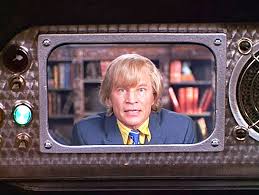 In the Austin Powers series of movies, Michael York played the appropriately-named Basil Exposition.
In the Austin Powers series of movies, Michael York played the appropriately-named Basil Exposition.
There are many more examples. The folksy narrator is a such a popular choice because it can do a lot of heavy lifting in the narrative. It can deliver backstory, history, cultural details, and characterization details that the characters don’t want you to know or don’t realize themselves.
An interim with the folksy narrator can also be a very elegant way of moving between disparate scenes or locations in a quick and breezy manner, without causing the vertigo than straight Head-Hopper POV can give you.
It is rare for a folksy narrator to be the single POV choice for a piece other than short fairy tales or children’s stories. Longer stories and novels tend to utilize it in a mix of other POV voices.
But each time the narrative zooms out of a fully-realized scene and into the folksy narrator voice, it distances the reader from the action and story, and that can sometimes cause the reader to give up on the piece, because the spell has been broken. However, if the narrative voice is distinct enough and enjoyable enough, it can overcome that potential weakness.
This has been part 10 of the Choosing Your Narrative Point of View Series.
The previous chapters are:
Part 1: A Few Questions to Get You Started
Part 2: Who is Your Point of View Character?
Part 3: A Closer Look at Some POV Styles Commonly Used in Fantasy (Starting with Some Intriguing Uses of 2nd Person)
Part 4: 1st Person and Tight Limited 3rd – A Closely Related Duo
Part 5: The Younger Sibling of 1st & Tight Limited 3rd: Simple Limited 3rd & The Case for Choosing A Single-Character POV
Part 6: Serial POV – In its Myriad Forms
Part 7: The Multiple Personalities of Omniscient 3rd Person: Spotlight on “Reporter”
Part 8: The Multiple Personalities of Omniscient 3rd Person: Spotlight on “Head-Hopper”
Part 9: “Head-Hopper” – A Correction and a New Example
Tina L. Jens is a 2017 Rubin Family Fellowship recipient for a residency at the Ragdale artists retreat. She has been teaching varying combinations of Exploring Fantasy Genre Writing, Fantasy Writing Workshop, and Advanced Fantasy Writing Workshop at Columbia College-Chicago since 2007. The first of her 75 or so published fantasy and horror short stories was released in 1994. She has had dozens of newspaper articles published, a few poems, a comic, and had a short comedic play produced in Alabama and another chosen for a table reading by Dandelion Theatre in Chicago. Her novel, The Blues Ain’t Nothin’: Tales of the Lonesome Blues Pub, won Best Novel from the National Federation of Press Women, and was a final nominee for Best First Novel for the Bram Stoker and International Horror Guild awards.
She was the senior producer of a weekly fiction reading series, Twilight Tales, for 15 years, and was the editor/publisher of the Twilight Tales small press, overseeing 26 anthologies and collections. She co-chaired a World Fantasy Convention, a World Horror Convention, and served for two years as the Chairman of the Board for the Horror Writers Assoc. Along with teaching, writing, and blogging, she also supervises a revolving crew of interns who help her run the monthly, multi-genre, reading series Gumbo Fiction Salon in Chicago. You can find more of her musings on writing, social justice, politics, and feminism on Facebook @ Tina Jens. Be sure to drop her a PM and tell her you saw her Black Gate blog.

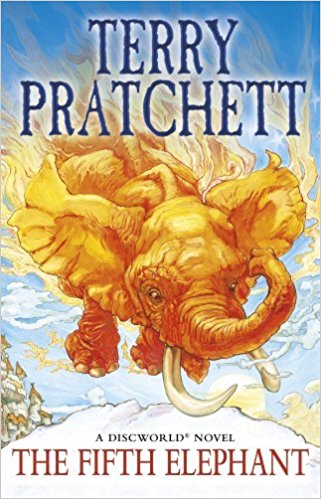
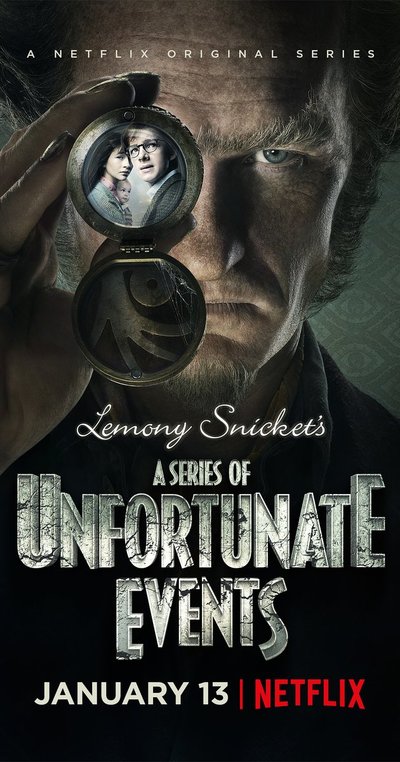
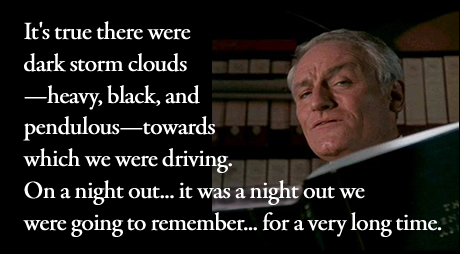
‘It provides a sense of comfort for young children and invokes memories of a more innocent and carefree time in older readers.’
Very true – especially the former. I always associate the folksy narrator with fantasy writers of a certain era, specifically fantasy authors who wrote for children – Tolkien (specifically ‘The Hobbit’), C. S. Lewis, & Nesbit.
Yes, those are all wonderful examples.